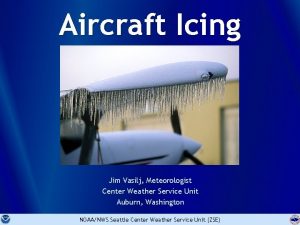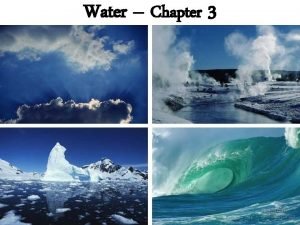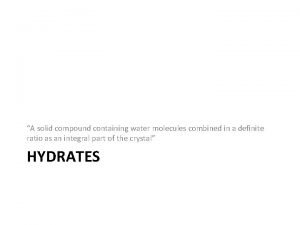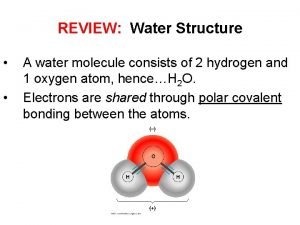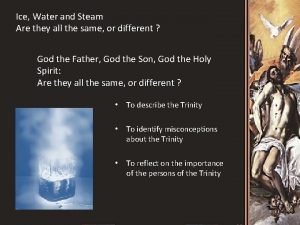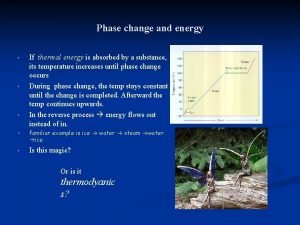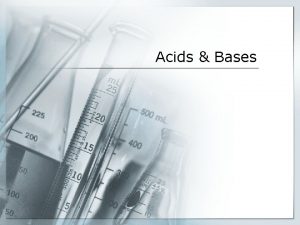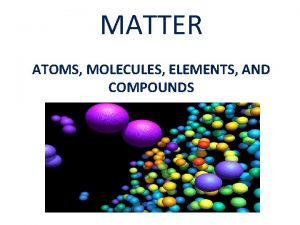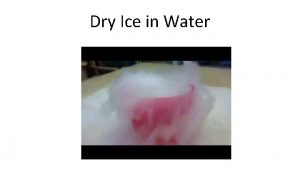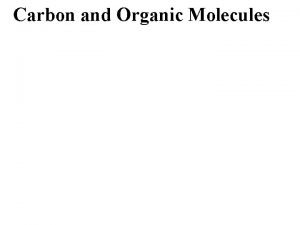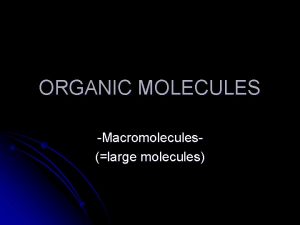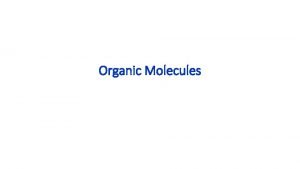Molecules and Matter Molecules And Matter Ice Water













- Slides: 13

Molecules and Matter

Molecules And Matter Ice Water Steam All these substances are made from water molecules but all showing very different properties because ……………. One is a SOLID, one is a LIQUID and one is a GAS

How Molecules Are Arranged In A Solids – Hold their shape Have a fixed volume • There are many bonds between molecules in solids. • The molecules are usually held in regular patterns

Liquids – Take up the shape of their container Have a free side Have a fixed volume The molecules are able to move around each other. They have weak bonds attracting them to other molecules

Gasses – Expand, contract to the shape of the container. Take up the shape of the container, don’t have a fixed volume The molecules have very little attraction to each other. There are few bonds between molecules.

Add HEAT ENERGY to the SOLID and bonds become weaker producing a LIQUID HEAT ENERGY

Add HEAT ENERGY to the liquid and the bonds break down producing a GAS HEAT ENERGY

“Liquids will flow and take up the shape of their container” “When heated solids become a liquid” These two points are important in technology because we can use these properties to form intricate shapes using metals. If we heat a metal up then pour it into a mould it will take up the shape of the mould and keep that shape as it cools and becomes solid. This is called CASTING

How Casting Works Remove the mould Produce a mould Large pouring spout Cut away the pouring spout Pour hot liquid metal into the cavity

Pewter Casting A suitable metal to use is pewter and a simple mould can be made out of an MDF (medium density fibreboard) sandwich. How the mould is formed Thick layer Thick Layer Mould

The Mould This is the final MDF mould Cavity layers. (this mould uses two) Finished castings The spout has been cut in the thicker wood with a round surform Thicker outer layers

Safety Safety When pouring the HOT pewter • Wear gloves • Wear Goggles • Make sure nobody is near you A reciprocating saw can be used to cut the mould. This needs • Goggles • The guard to be in place • Training

These castings are possible because heating a solidproduces a liquidthatcan be poured. It. Itwill take up up thethe shape of theand of shape the mould when itand solidifies it itsolidifies will keepit the keep the of shape the of the mould.
 Water and water and water water
Water and water and water water Organic molecules vs inorganic molecules
Organic molecules vs inorganic molecules Clear ice vs rime ice
Clear ice vs rime ice Clear ice vs rime ice
Clear ice vs rime ice Are water molecules polar
Are water molecules polar The attractive force between water molecules
The attractive force between water molecules A solid compound that contains water molecules
A solid compound that contains water molecules Water molecules
Water molecules Bond between water molecules
Bond between water molecules Bond between water molecules
Bond between water molecules Water ice steam trinity
Water ice steam trinity What is a gas
What is a gas Ice water steam
Ice water steam Unit 5 recreation
Unit 5 recreation



